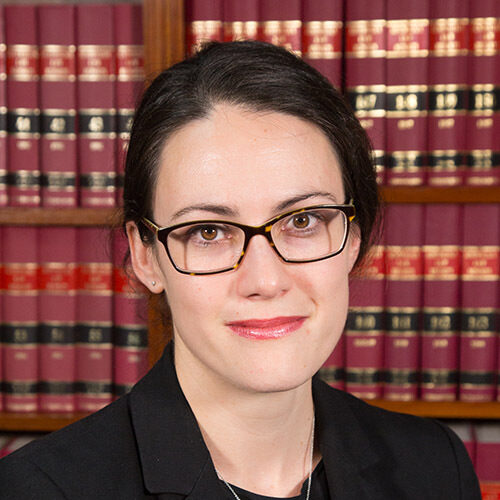- Summer 2022
- Determining reasonable doubt on appeal Dansie v The Queen (2022) 96 ALJR 728; [2022] HCA 25
Determining reasonable doubt on appeal Dansie v The Queen (2022) 96 ALJR 728; [2022] HCA 25

In Dansie v The Queen, the High Court confirmed that a court of criminal appeal when determining an appeal on the ground that the verdict was unreasonable is to consider for itself whether the evidence was sufficient to eliminate any reasonable doubt that the accused is guilty of the offence, as settled in M v The Queen. Prior formulations are to be approached with caution, and must be understood to have been overtaken by M v The Queen.
Background
The appellant’s wife of more than 40 years suffered from physical and cognitive disabilities as a result of a stroke in 1995. She lived permanently in a nursing home.
On 16 April 2017 the appellant took her to the South Parklands in Adelaide. At 6.30pm the appellant called emergency services. When they arrived the appellant’s wheelchair-bound wife was found deceased, lying face down in a pond. Her wheelchair was also in the pond. The appellant was wet to his waist. There were no witnesses to what had occurred: at [19]-[20].
The prosecution case was that the appellant deliberately pushed his wife into the pond with the intention of drowning her. The appellant’s case was that she had drowned as a result of the wheelchair accidentally entering the water. There was little dispute at trial about the primary facts established by the evidence. The critical question was what inferences could be drawn from those primary facts: at [24].
The appellant was tried by a judge alone and found guilty of murder. He was sentenced to life imprisonment with a non-parole period of 25 years: at [1]. The appellant appealed against his conviction to the Full Court of the Supreme Court of South Australia (CCA), including on the basis that the verdict could not be supported having regard to the evidence: at [2]. The majority of the CCA dismissed the appellant’s appeal. He appealed to the High Court, arguing that the majority misinterpreted and misapplied the approach to be taken to the ground that the verdict was unreasonable or could not be supported having regard to the evidence.
Instead, consistent with the settled position in M v The Queen (1994)181 CLR 487, the CCA should have determined for itself whether the evidence was sufficient in nature and quality to eliminate any reasonable doubt.
The High Court
The High Court upheld the appeal, finding that the reasons of the majority in the CCA erroneously framed the relevant inquiry as one directed to the detection of error in the decision of the trial judge: at [32]. However, more was required than mere satisfaction as to the existence of a pathway to proof of guilt beyond reasonable doubt: at [37].
Instead, consistent with the settled position in M v The Queen (1994) 181 CLR 487, the CCA should have determined for itself whether the evidence was sufficient in nature and quality to eliminate any reasonable doubt that the accused is guilty of the offence, having regard to the primacy of the jury and any advantage enjoyed by the jury in seeing and hearing the evidence: at [7]-[9]. That is, what each member of the CCA needed to do in order to apply the test in M in the circumstances of Dansie was to ask whether he was independently satisfied as a result of his own assessment of the whole of the evidence adduced at the trial that the only rational inference available on that evidence was that the appellant deliberately pushed the wheelchair into the pond with intent to drown his wife and, if not, whether the satisfaction arrived at by the trial judge could be attributed to some identified advantage which the trial judge had over him in the assessment of the evidence: at [38].
That advantage will vary from case to case, but in a case such as Dansie, where the prosecution case was circumstantial and the evidence adduced was largely uncontested, the advantage must be slight: at [17]. Where the finder of fact was a judge sitting without a jury, his or her reasons must be approached by the CCA with circumspection. The CCA will be entitled to treat findings of fact made by the trial judge about which no issue is taken in the appeal as an accurate reflection of the evidence as it bore on those findings, but the question will remain whether the CCA’s assessment of the totality of the evidence leaves the CCA with a reasonable doubt: at [16].
The appellant’s appeal was allowed and his matter was remitted to the CCA for rehearing. BN
